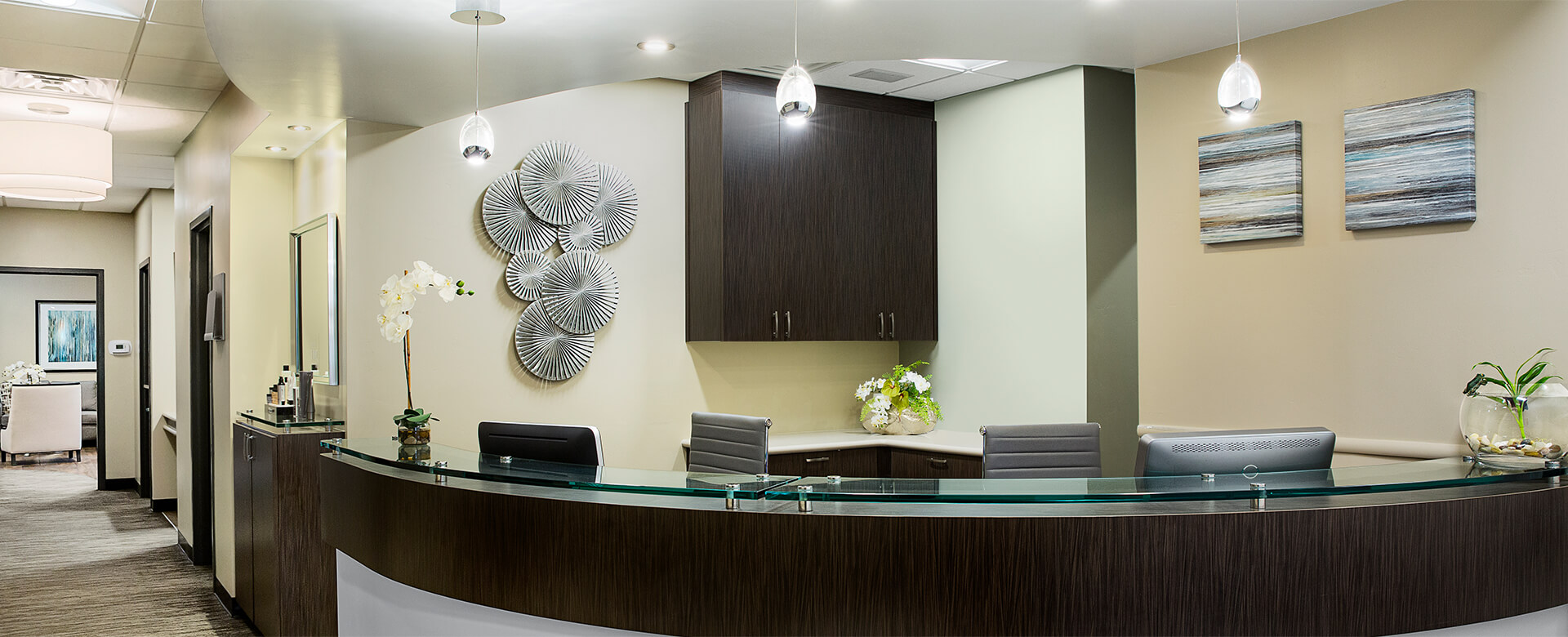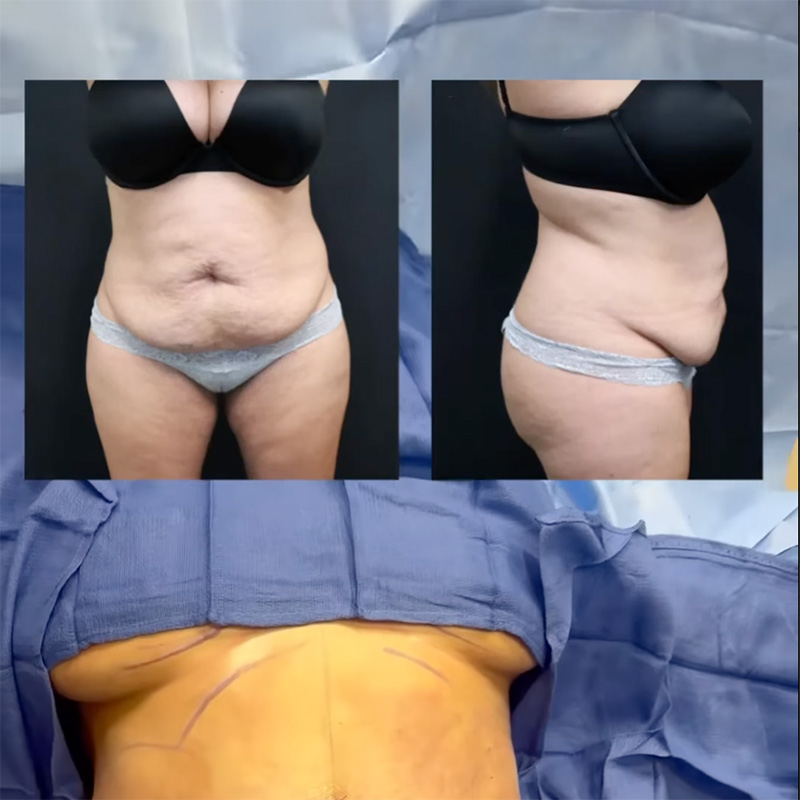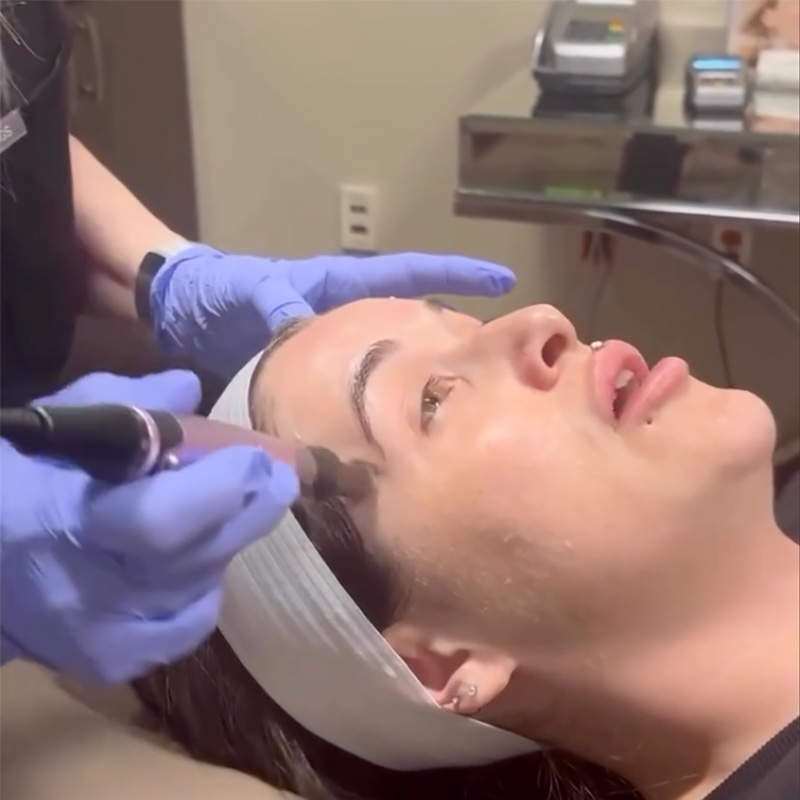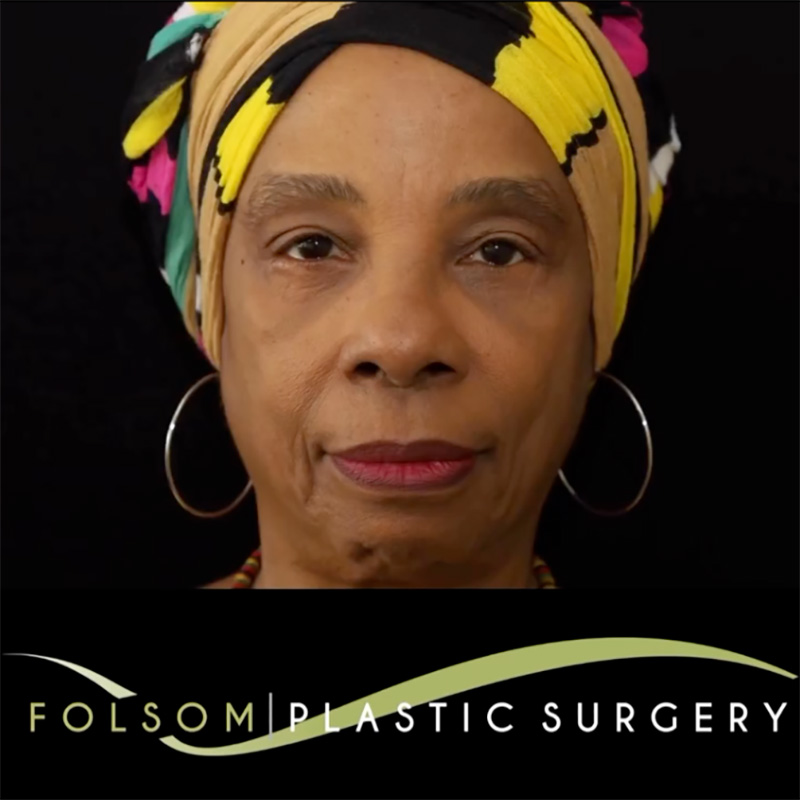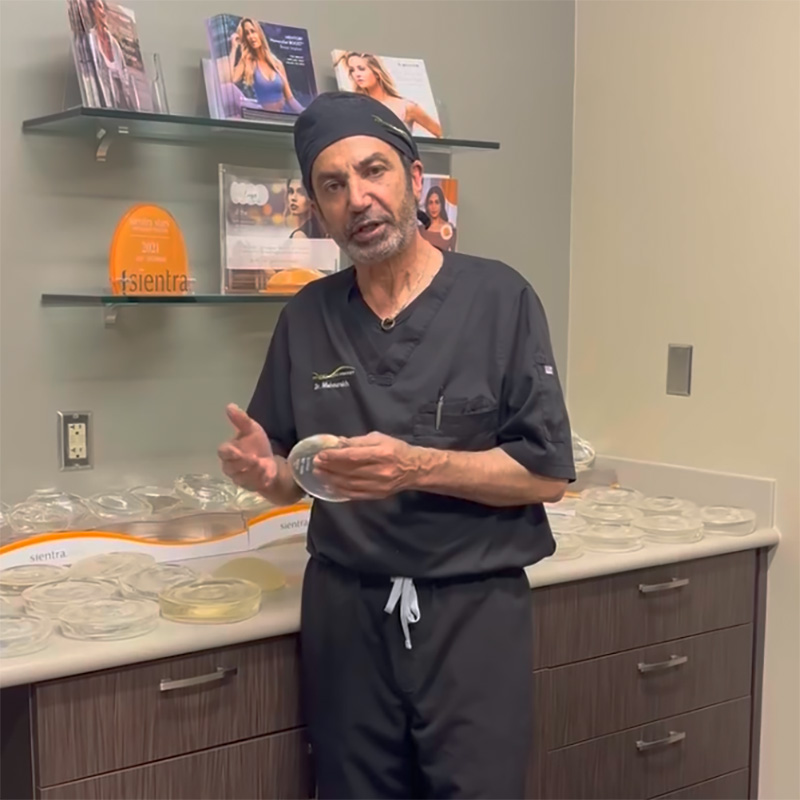FTM top surgery can be a deeply affirming step in aligning your body with your identity. At Folsom Plastic Surgery, board-certified plastic surgeon Dr. Shahriar Mabourakh brings decades of experience, surgical precision, and compassionate care to every top surgery procedure. One of the most common questions patients ask is: “What will my scars look like?” While scarring is a natural part of healing, it doesn’t have to overshadow the joy of living in a more authentic body.
Understanding the Scars by Technique
The location and appearance of scars will vary depending on the type of top surgery performed. For those undergoing double incision mastectomy (typically used for individuals with larger chests), scars are usually horizontal and placed along the lower contour of the pectoral muscle. For those with smaller chests, techniques like periareolar or keyhole surgery result in minimal or hidden scars around the areola.
Dr. Mabourakh tailors the surgical plan to each patient’s anatomy and goals, always aiming to place incisions where they will heal cleanly and blend with natural chest contours over time.
Healing: What to Expect in the First Year
Scars typically go through several stages of healing. They may appear red, raised, or firm in the early weeks. Over time, most scars will soften and fade. Dr. Mabourakh provides detailed post-operative instructions and scar care recommendations, including when to begin using silicone gels or sheets, how to protect scars from sun exposure, and what signs to watch for as healing progresses.
Each body heals differently, but most patients notice significant improvement in scar appearance within 6 to 12 months. Proper hydration, nutrition, and adherence to aftercare instructions can also support more favorable scar outcomes. Scar revision or laser treatments may be an option for those seeking additional refinement after healing has stabilized.
Embracing Your New Chest
While it’s normal to focus on scars early in the healing process, many patients find that, over time, their attention shifts to the comfort and confidence of having a chest that reflects their gender identity. The scars become part of a personal narrative — symbols of transformation and self-affirmation. Celebrating progress and acknowledging the deeper meaning behind this change can help foster body positivity and emotional healing.
If you’re considering FTM top surgery, understanding the healing process is an important part of setting expectations and preparing mentally. Dr. Shahriar Mabourakh offers individualized, affirming care at Folsom Plastic Surgery. Contact 916-984-8585 (Folsom) or 209-464-5656 (Stockton, CA) to schedule your consultation.

